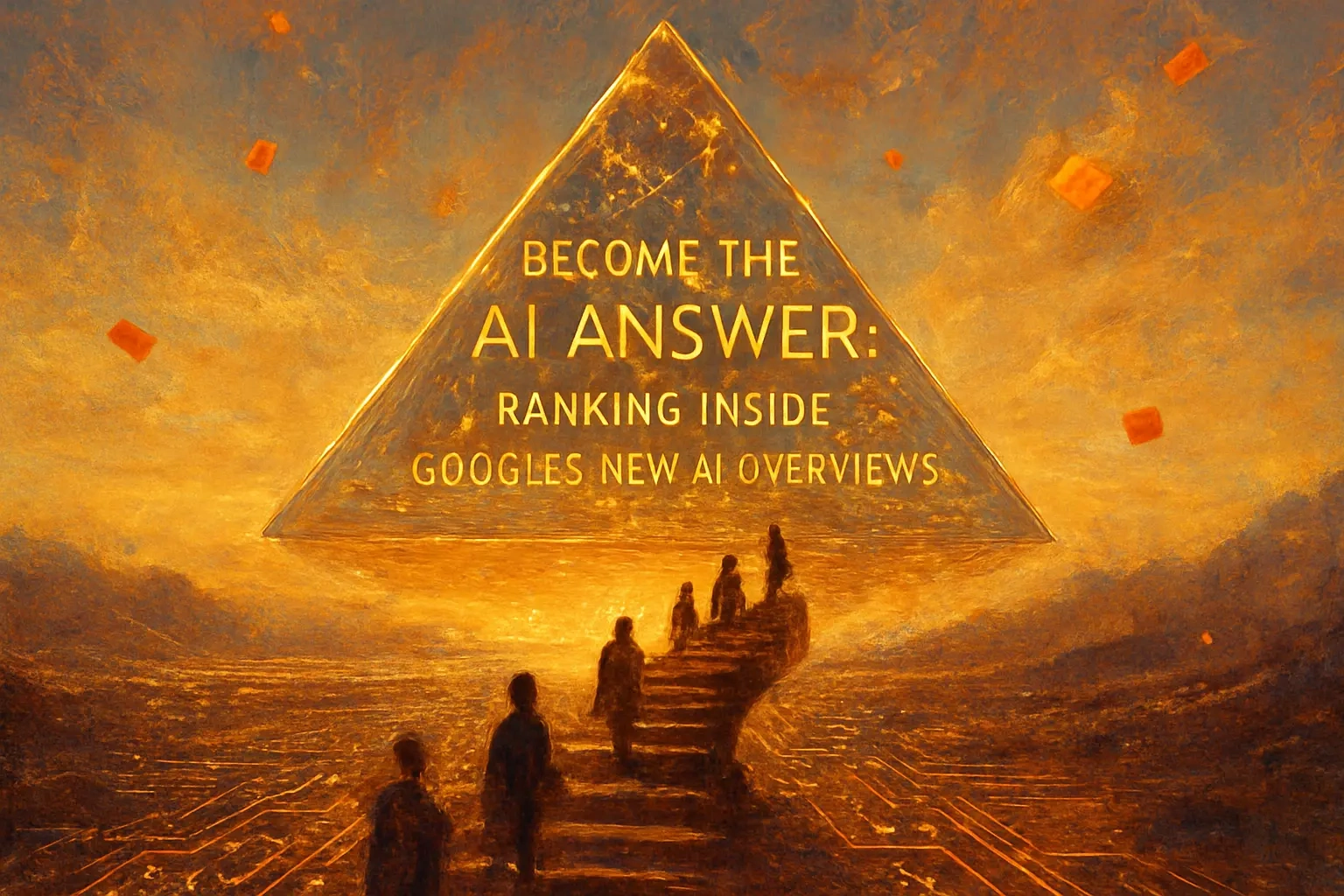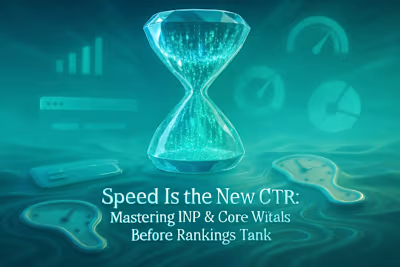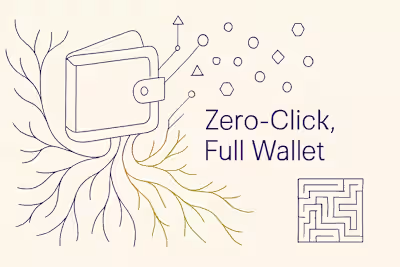Become the AI Answer: Ranking Inside Google’s New AI Overviews

Become the AI Answer: Ranking Inside Google's New AI Overviews
What Are AI Overviews and Why Do They Matter for SEO?
The Anatomy of an AI Overview
The Impact on Click-Through Rates and Traffic
How to Optimize Your Content for AI Overviews
Principle 1: Get Your SEO Fundamentals Right
Principle 2: Write Clear, Concise, and Factual Content
Principle 3: Use Schema Markup and Structured Data
Principle 4: Target Long-Tail and Question-Based Keywords
Principle 5: Add Unique 'Information Gain'
Measuring Success and Adapting Your Strategy
Tools for Tracking AI Overview Visibility
The Future of SEO with Generative AI
References
Become the AI Answer: Ranking Inside Google's New AI Overviews
What Are AI Overviews and Why Do They Matter for SEO?
The Anatomy of an AI Overview
The Impact on Click-Through Rates and Traffic
How to Optimize Your Content for AI Overviews
Principle 1: Get Your SEO Fundamentals Right
Principle 2: Write Clear, Concise, and Factual Content
Principle 3: Use Schema Markup and Structured Data
Principle 4: Target Long-Tail and Question-Based Keywords
Principle 5: Add Unique 'Information Gain'
Measuring Success and Adapting Your Strategy
Tools for Tracking AI Overview Visibility
The Future of SEO with Generative AI
References
Posted Jun 19, 2025
Google's AI Overviews are changing search. Learn how freelance SEO consultants can adapt their strategies to rank within these AI-generated answers and capture top-of-page visibility.






